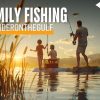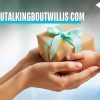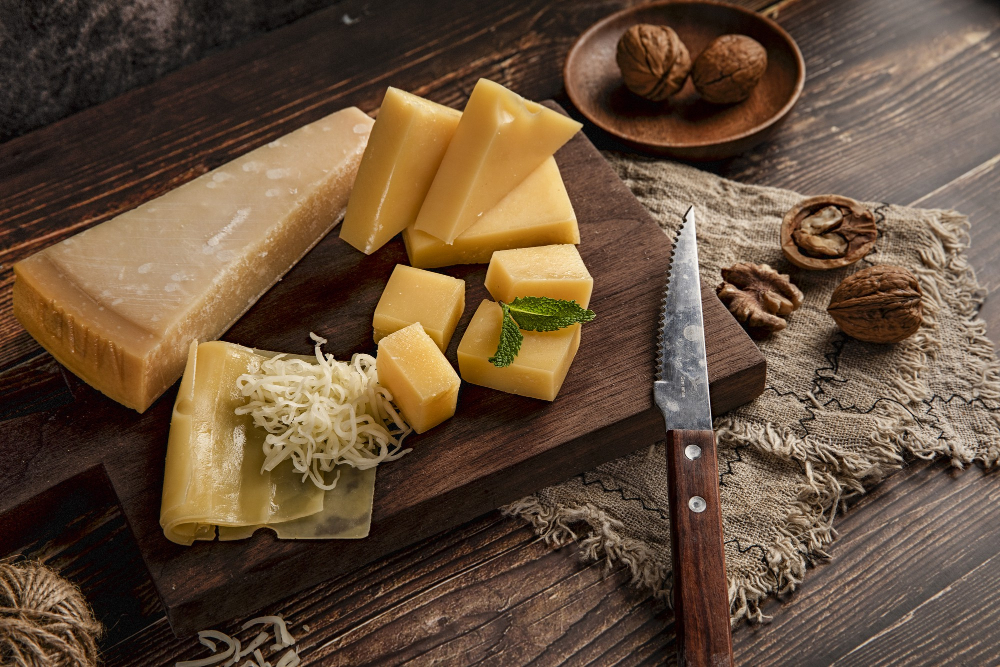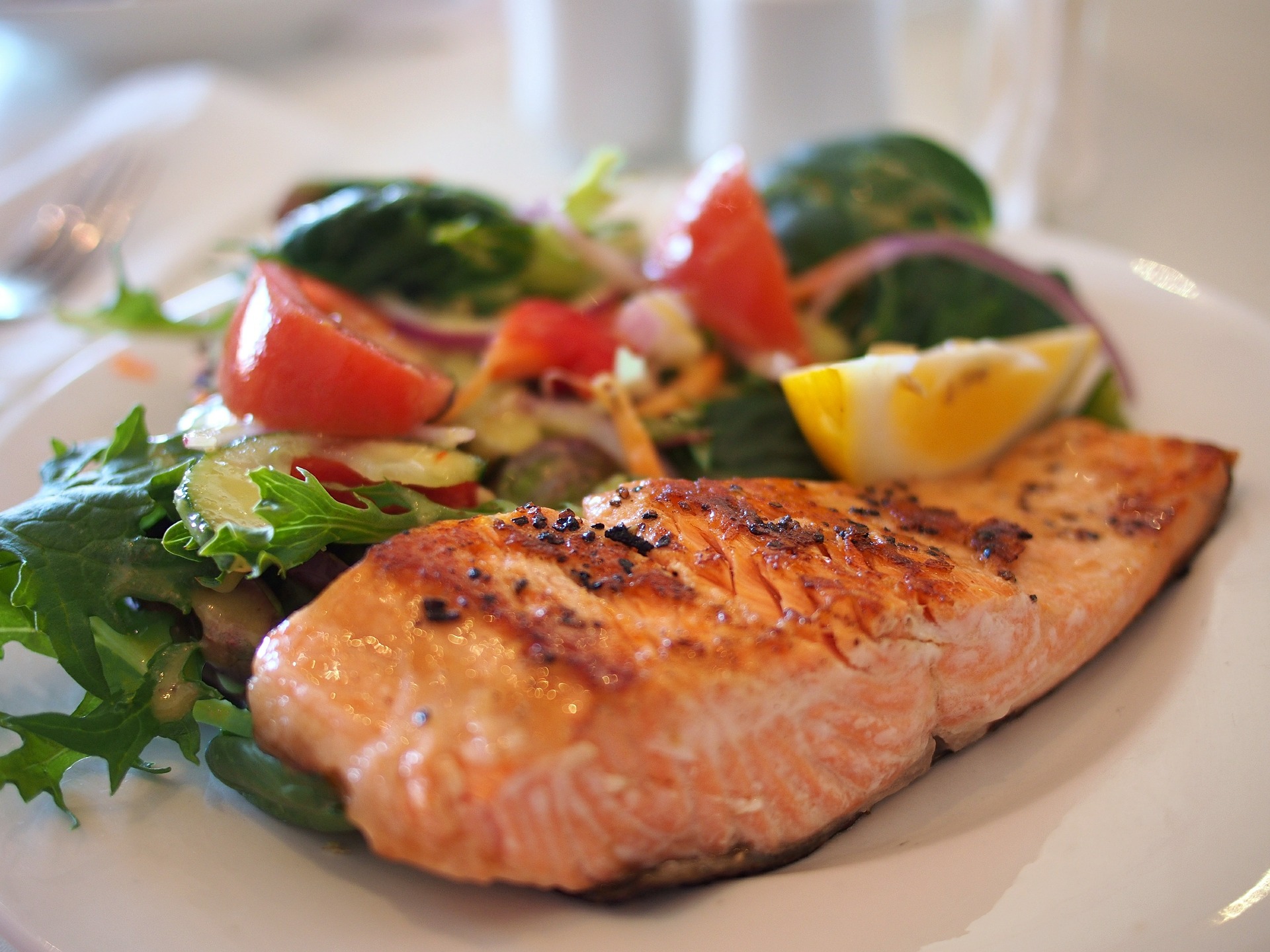The fact that there are at least 650 types of cheeses means that there are types that even cheese lovers have not heard of before. These cheeses can be found in different parts of the globe from the cold, temperate regions of Canada to the snow-capped mountainous rural areas of Switzerland to the warm, tropical fields in South Asia.
For those who want to know more about the lesser-known types of cheese, these are seven that you should try out soon:
Cotija :
You may not have heard of cotija cheese before but you may have already tasted it as it is a mainstay on taco and salad recipes. It is derived from cow’s milk, which is aged for three months.
Originally from Mexico, it has been compared to feta though it acquires a tangier taste and drier texture as it ages. It is used in its home country as an addition to the soup. Other cooks also mix it in with guacamole and use it to top beans and casseroles.
Emmental :
A lot of people call it “Swiss cheese” but its name is actually “Emmental.” Emmental is the type of cheese typically featured in cartoons with holes in them. Emmental is especially perfect for fondue and grilled cheese.
What is most interesting about Emmental is the process by which it is made. Cows are made to graze in the mountains of the Alps in the southern regions of Switzerland so that they can produce milk later on. The milk curds are the ones used to make Emmental by pressing them firmly together. What is the reason for the bubbles you say? These are actually bubbles of carbon dioxide that were made by bacteria that are consuming the lactic acid.
Camembert :
The camembert may be one of the most widely produced cheeses in France but it is barely known outside Europe. This is due to the fact that the aging period is only at over three weeks, making it difficult to mass transport in batches to other parts of the world.
Camembert is characterized for its mild, almost mushroom-like aroma. It is sometimes eaten as is or deep-fried. A few even do breaded camembert snacks.
Manchego :
This Spanish cheese is made from milk produced from the Manchega sheep. It has a varied color, depending on the aging period it has, which can range from ivory to yellow. Young manchego cheese can be characterized as creamy and rich though it becomes salty as it ages. It is usually served as is though it is popularly paired with the Spanish membrillo for snacks.
Feta :
Feta is unusual as cheese as it is among the few that is a combination of two types of cheese. Seventy percent of feta is made from sheep’s milk, with the remaining parts coming from goat’s milk. It mainly comes from Greece and is moist and brined. It tastes great when it is used as a spread on bread.
Monterey Jack :
This cheese is one of the few kinds of cheese that originated from the United States. It is unique in the sense that it has one of the shortest aging times – only one month. Made from cow milk, it has a mild but buttery flavor. Due to the high level of butterfat in it, it melts right away, which makes it a great way to make cheese dip. It is also sometimes used over chili and casseroles.
A thing that you may not realize about Monterey Jack is that it is usually the cheese that is mixed with hot pickled peppers to come up with Pepper Jack cheese.
Chèvre :
In France, the word “chèvre” mainly refers to any type of goat milk. In fact, the word is literally translated as “goat.”
The use of “chèvre,” however, has evolved through time as it moved to other places. Now, the aging time of chèvre has become so varied. For example, in America, chèvre is what people call fresh goat’s milk that is not aged and is served and eaten right away after it is done. French variants of chèvre, on the other hand, are described as lemony and slightly acidic.
When you see chèvre sold in markets, you will see that it comes in vacuum-sealed logs, with a few spices and herbs added.
Conclusion :
If you want to make these popular cheeses, you should have one of the best cheesemakers available in the market. In addition to having a cheesemaker, you may also need a yogurt strainer bag. So, go ahead and have all you need to make these popular cheeses and enjoy the amazing tastes and flavors of cheeses you like.
Read Also :






















